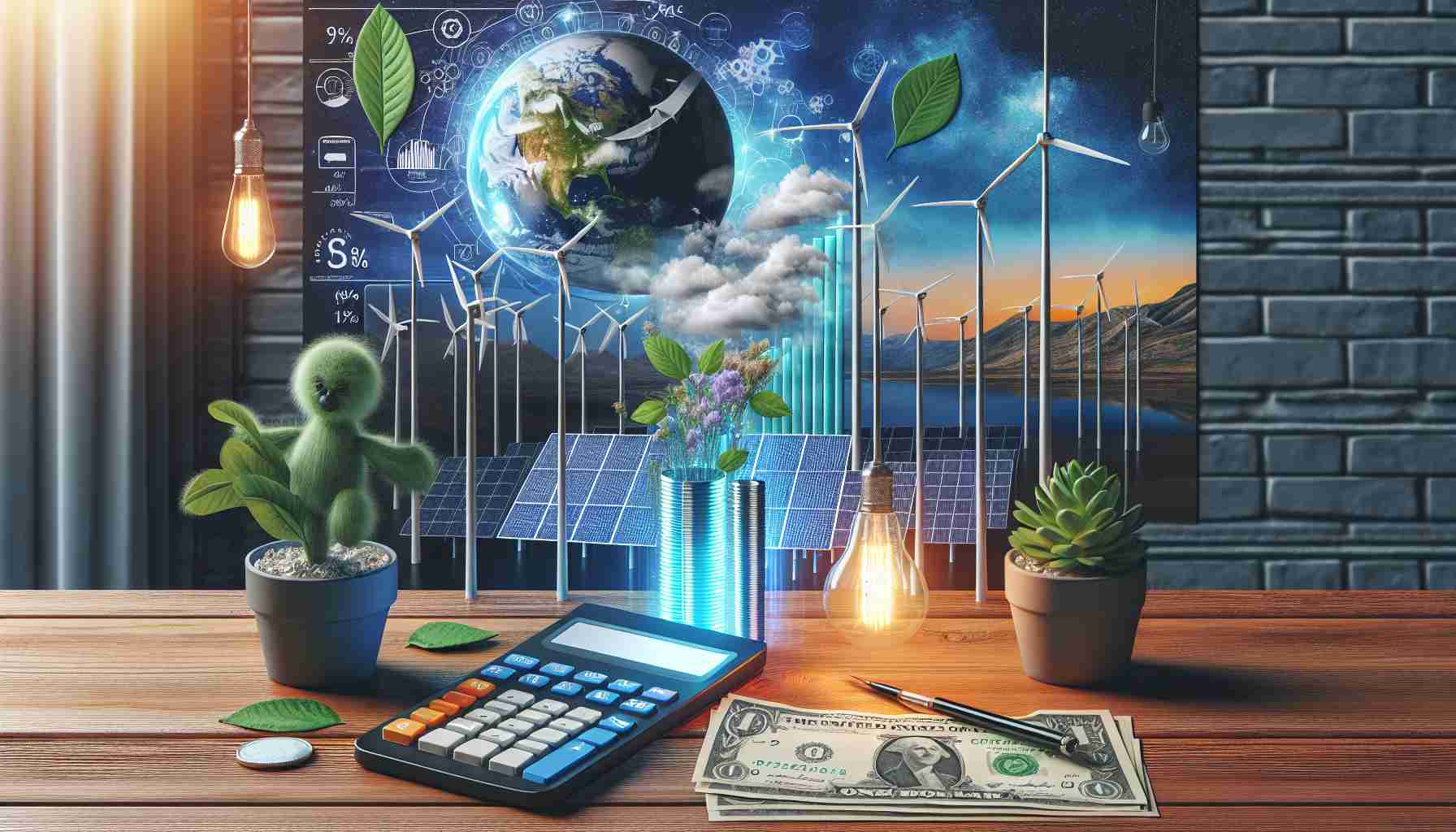According to the latest report from Stanford University, transitioning to clean energy could help many countries reduce their annual energy costs by approximately 61%. The report explores new possibilities for transitioning to a 100% clean electricity grid using energy storage through batteries and hydrogen fuel cells.
The study focused on 145 countries that utilize renewable energy, such as solar, wind, hydro, and geothermal energy, to power their energy grids, transportation, buildings, industry, agriculture, forestry, fisheries, and defense sectors. The report considered hydropower plants, batteries, and green hydrogen produced from renewable sources as the best energy storage options.
The study revealed that transitioning to clean energy could lead to an overall reduction of approximately 61% in annual energy costs for these countries. By increasing electrification in all energy sectors and providing energy from renewable sources like wind, water, and solar, combined with a storage system, costs associated with fossil fuel and uranium extraction, transportation, and refinement can be eliminated. Improving energy efficiency in consumption and expected decreases in the unit cost of energy also contribute to energy cost savings.
The report will assist energy system planners in creating a more efficient and cost-effective model for future energy systems based on clean, renewable energy. The groundbreaking findings convince countries that 100% clean, renewable energy grids not only lower costs but are also as reliable as the existing grid system.
While green hydrogen storage technology still faces challenges, the report demonstrates its effectiveness as a solution. The initial investment costs for this type of storage may be high, but they undoubtedly pay off in the long run. Policymakers can aid in the development of this technology by focusing funding on solutions like battery storage and green hydrogen, rather than carbon capture, air-capture technology, blue hydrogen, non-hydrogen electrofuels, small nuclear reactors, and bioenergy.
Transitioning to clean energy poses a challenge but brings numerous benefits not only for the country but also for the environment. The development of appropriate technologies and political support are key elements on the path to achieving a renewable energy future.
Frequently Asked Questions (FAQ):
1. Which countries were included in the study conducted by Stanford University?
The study focused on 145 countries that utilize renewable energy to power their energy grids, transportation, buildings, industry, agriculture, forestry, fisheries, and defense sectors.
2. Which energy storage technologies were considered in the report?
The best energy storage options considered in the report were hydropower plants, batteries, and green hydrogen produced from renewable sources.
3. What possibilities does the transition to clean energy offer?
Transitioning to clean energy can lead countries to achieve an overall reduction of approximately 61% in annual energy costs. Providing energy from renewable sources combined with a storage system eliminates costs associated with fossil fuel and uranium extraction, transportation, and refinement. Improving energy efficiency and expected decreases in the unit cost of energy also contribute to energy cost savings.
4. How can the report be helpful for energy system planners?
The report assists energy system planners in creating a more efficient and cost-effective model for future energy systems based on clean, renewable energy.
5. What are the benefits of transitioning to clean energy?
Transitioning to clean energy not only lowers energy costs but also brings benefits for the natural environment. Appropriate technologies and political support are crucial for achieving a renewable energy future.
Key Term Definitions:
– Clean energy: Energy derived from renewable sources that does not emit greenhouse gases or other harmful substances.
– Renewable energy: Energy obtained from sources that naturally replenish and have no quantitative limits, such as solar, wind, hydro, and geothermal energy.
– Energy storage: The process of storing energy for later use.
– Hydropower plant: A power plant that harnesses energy from water to generate electricity.
– Battery: A device used for storing chemical energy and delivering electrical energy at a later time.
– Green hydrogen: Hydrogen produced using renewable energy, which can be used as fuel.
Suggested Related Links:
1. Stanford University
2. International Renewable Energy Agency (IRENA)
3. Renewable Energy Solutions for All
The source of the article is from the blog revistatenerife.com
